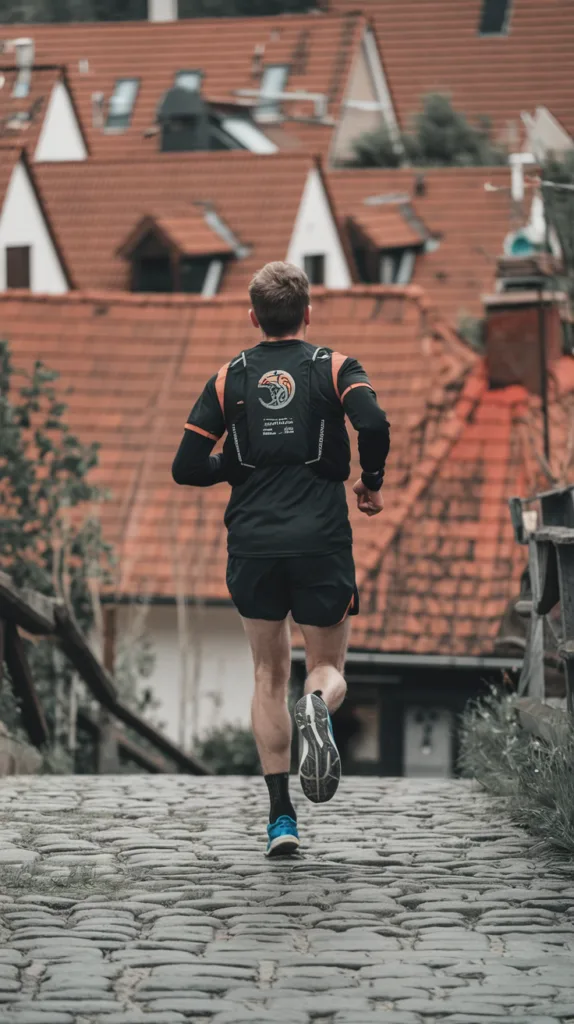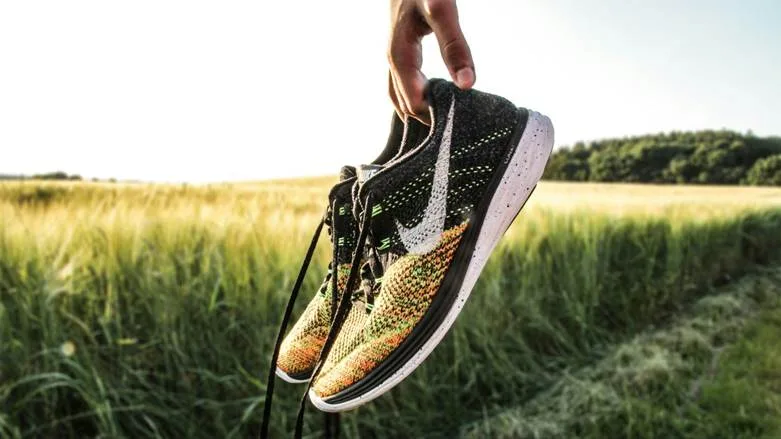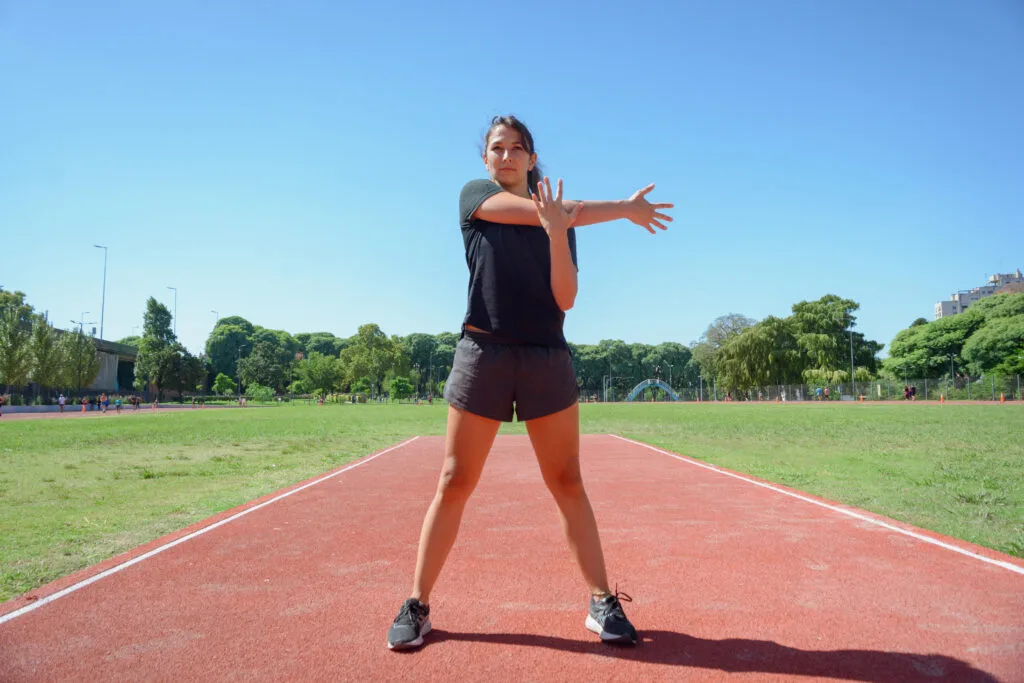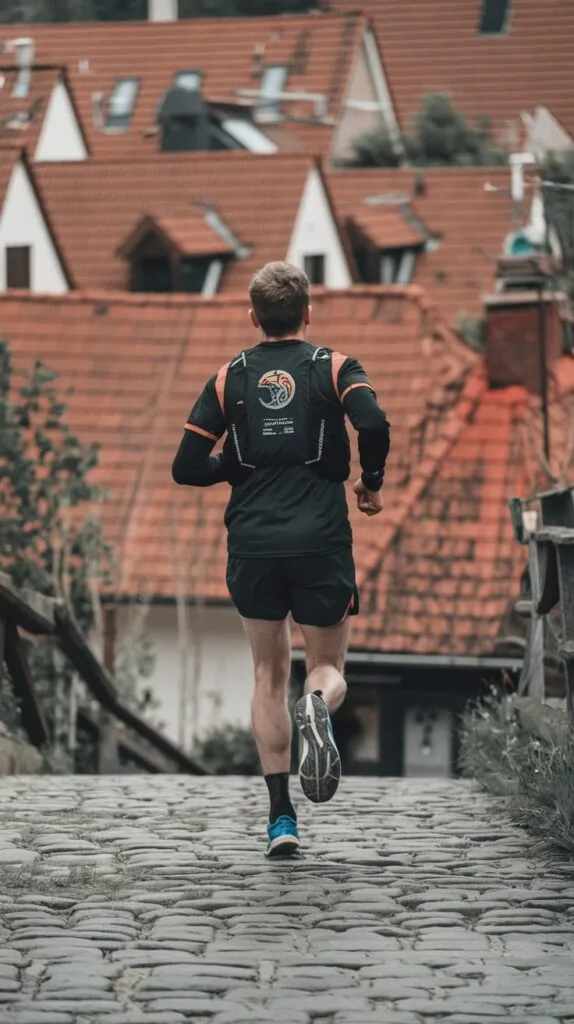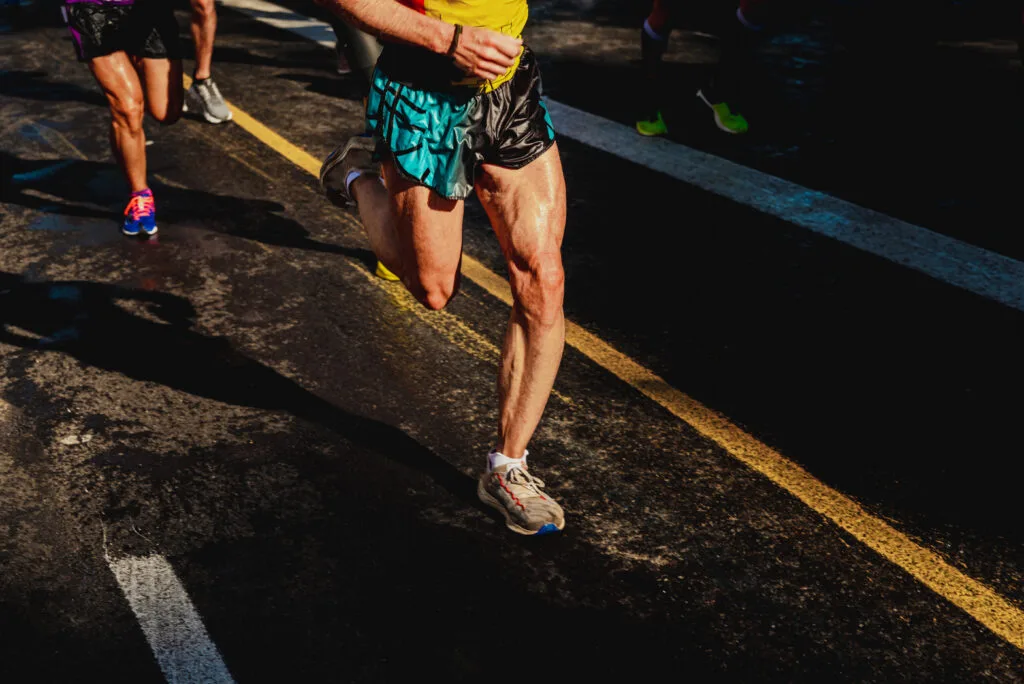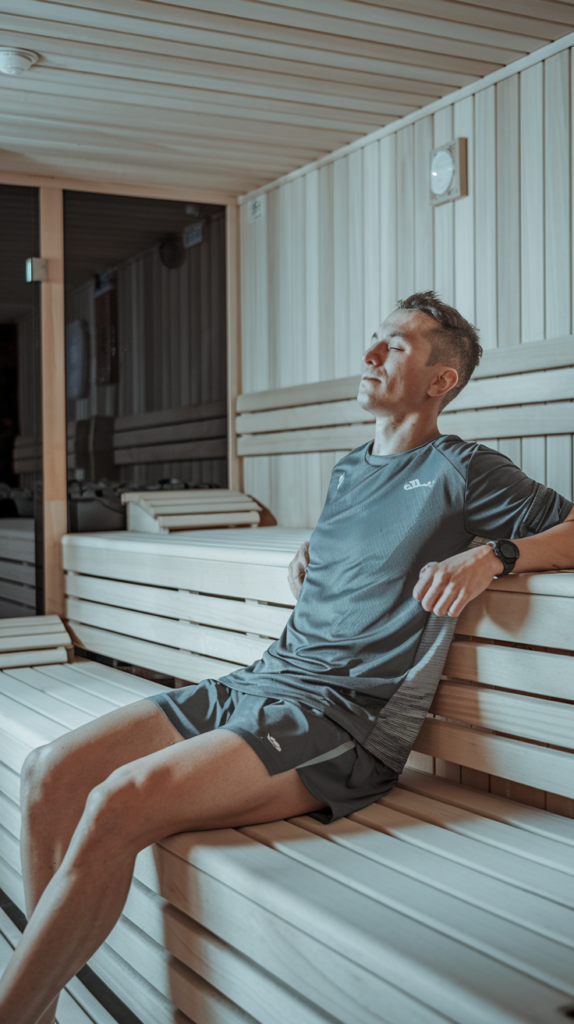There’s something about assignments that makes them feel more stressful than they should be. Even when the topic is interesting, the pressure of getting it done on time—and doing it well—can be a lot. Some weeks, it’s like you blink and suddenly have five deadlines staring back at you.
Most students really do want to do their best. But that doesn’t mean it’s easy. There are times when you just don’t know where to start, or you’ve got too many things happening at once to give every task the focus it needs. That’s when panic starts to creep in, and productivity flies out the window.
That’s why a lot of students end up turning to platforms like Studyfy. It’s not about shortcuts—it’s about having support. Whether you’re stuck on research, formatting, or just need someone to guide you through the structure, having help nearby makes a huge difference.
Getting Help Doesn’t Mean You’re Not Capable
One of the biggest myths about academic help is that it means you’re slacking off. In reality, using assignment resources is a smart move—especially when you’re managing a heavy course load. It means you’re being proactive about learning and not letting things pile up until it’s too late.
Sometimes, the most capable students are the ones who ask for help early. It’s not about avoiding work. It’s about making sure your work is the best it can be without burning yourself out in the process. Help doesn’t replace effort—it amplifies it.
With resources like Studyfy, you don’t lose your voice in the process. You still give the direction, the topic, the tone. The support just helps everything come together in a way that feels easier and more manageable.
From Start to Finish, You’re Not Alone
Assignments are made of a bunch of little steps: brainstorming, outlining, researching, writing, editing, formatting. Each step takes time, and if even one part goes sideways, the whole thing feels impossible.
That’s where support tools come in handy. You might just need help understanding a tricky part of your assignment, or maybe you want a second opinion on your thesis. Other times, you might need a full walk-through from start to finish. Whatever it is, there’s a tool—or a person—who can help you handle it without falling behind.
And sometimes, it’s not even about understanding the content. It’s about time. When you’ve got three papers due and a quiz on the same day, there’s only so much you can do. A little help can give you breathing room.
When Deadlines Get Too Close
One of the most stressful aspects of being a student is the inevitable pileup of deadlines. You begin the week with a false sense of security, believing you have ample time to complete your assignments. However, as the week progresses, panic sets in, and you find yourself overwhelmed by the sheer volume of work that needs to be done.
The Ticking Clock
When you’re facing a rapidly approaching deadline, motivation alone won’t suffice – you need to take decisive action. Services like Studyfy can provide the assistance you need to work quickly and efficiently without sacrificing quality. With Studyfy, you retain control over the topic and direction of your work while receiving the support necessary to expedite the process, especially when time is of the essence.
Studyfy’s Range of Services
Studyfy offers a variety of services designed to help students meet their deadlines, including:
- Research Assistance: Studyfy can help you find and evaluate sources, saving you valuable time.
- Writing and Editing: Studyfy’s team of experienced writers and editors can help you improve the clarity and organization of your work.
- Proofreading: Studyfy can help you catch errors in grammar and punctuation, ensuring that your work is polished and professional.
- Subject-Specific Tutoring: Studyfy can connect you with tutors who can help you understand difficult concepts and complete challenging assignments.
Benefits of Using Studyfy
There are many benefits to using Studyfy, including:
- Improved Grades: By providing you with the support you need to complete your work to a high standard, Studyfy can help you improve your grades.
- Reduced Stress: By taking some of the pressure off, Studyfy can help you reduce stress and anxiety.
- Increased Confidence: By helping you succeed in your studies, Studyfy can help you increase your confidence and self-esteem.
- Time Management: By assisting with research and writing, Studyfy can free up your time so you can focus on other important tasks.
Studyfy: A Lifeline for Students
Studyfy is a valuable resource for students who are struggling to keep up with their coursework. With its range of services and experienced team of professionals, Studyfy can provide the support you need to succeed in your studies. So, the next time you’re feeling overwhelmed by deadlines, don’t hesitate to reach out to Studyfy for help.
Finding the Right Fit
Not every resource will work for every student—and that’s okay. What matters is finding the one that makes your process smoother. For some, that means using a planning tool. For others, it’s connecting with someone who understands the subject and can break it down clearly.
Studyfy works because it adapts. You’re not stuck with a one-size-fits-all answer. You choose what kind of support you need, and you stay involved along the way. That makes a big difference, especially for students who want to learn and not just “get it done.”
It’s also about trust. When you know the help you’re getting is reliable, things don’t feel so scary anymore. You stop guessing, start acting, and actually get through your assignments without the usual stress spiral.
Final Thoughts
Assignments are hard—but they don’t have to be overwhelming. The right support can turn stress into progress. Whether it’s help with brainstorming, writing, or getting everything organized, resources like Studyfy are here to make sure you’re not stuck doing it all alone. You’re still in charge—but now, you’ve got the backup to get it done right!

